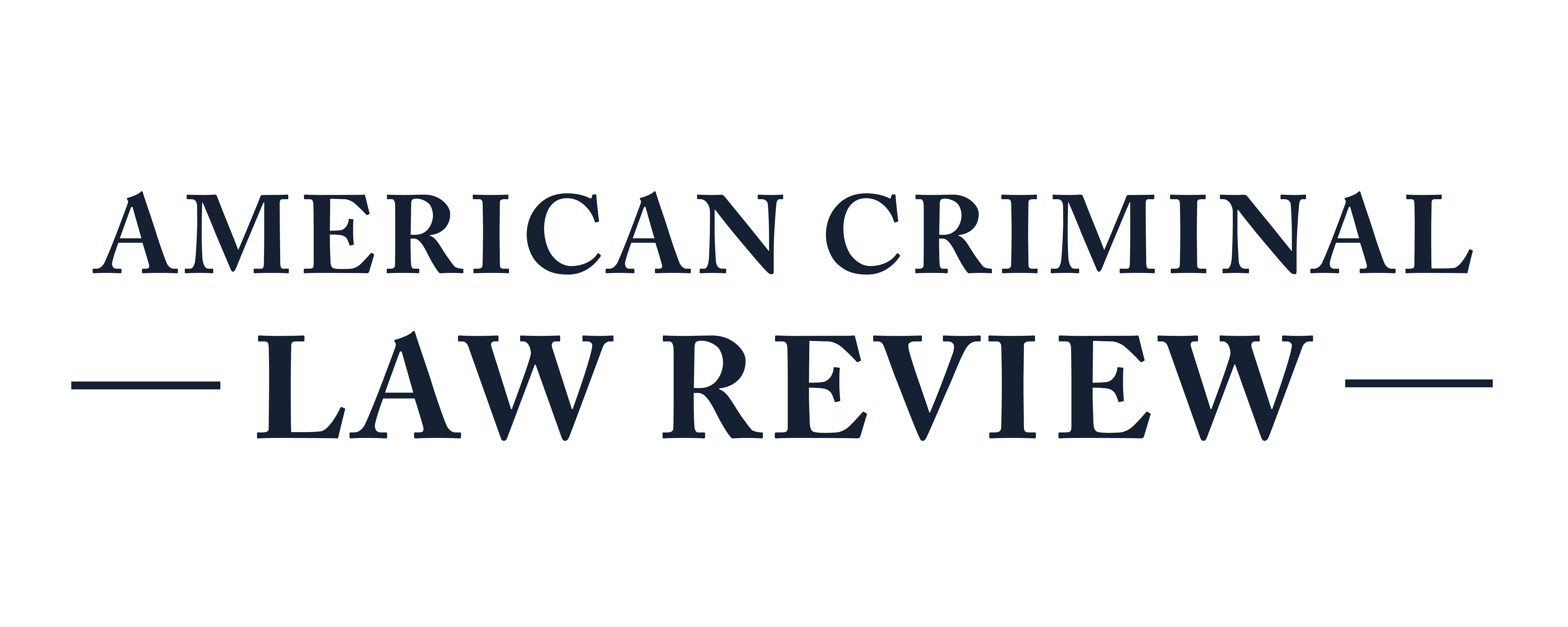Interpreting "Position of the United States" in the 1997 Hyde Amendment
In October 2017, Mario Nelson Reyes-Romero was indicted for unlawful reentry into the United States. During his prosecution, it became apparent that the Department of Homeland Security (DHS) officers who had conducted his initial removal proceedings in 2011 had engaged in serious misconduct. The evidence indicated that Reyes-Romero may have completed a form waiving his right to a hearing before the form was translated into Spanish. It also appeared that a DHS officer, not Reyes-Romero himself, had checked the box waiving Reyes-Romero’s right to a hearing. The Western District of Pennsylvania ultimately dismissed the indictment, and Reyes-Romero filed a Hyde Amendment application to recover attorneys’ fees from the government on the ground that its position was “vexatious, frivolous, [and] in bad faith.” The district court considered the conduct of both the prosecutors and the DHS officers underlying the prosecution and found that Reyes- Romero was plainly “railroaded” out of the country and entitled to attorneys’ fees under the Hyde Amendment. However, the Third Circuit reversed. The court held that Hyde Amendment analysis is limited to considering prosecutorial misconduct only, not unlawful actions taken by DHS officers in removal proceedings, despite acknowledging that DHS’s initial removal order was “a necessary element” of the ultimate prosecution. As a result, Reyes-Romero was saddled with costs and fees upwards of $73,700.
This outcome is not the result that Congress intended when it passed the Hyde Amendment. Modeled on the Equal Access to Justice Act (EAJA), which shifts attorneys’ fees to the government in civil cases where the government’s position was not substantially justified, the Hyde Amendment was similarly designed to provide recourse for criminal defendants who prevail against government action that is vexatious, frivolous, or in bad faith. Both the Hyde Amendment and EAJA direct a judge to consider the “position of the United States” in determining whether fee shifting is appropriate. Significantly, Congress defined “position of the United States” in EAJA to cover not only the government’s conduct during litigation but also any relevant underlying agency action. Despite Congress’s intent that the Hyde Amendment incorporate this definition, many circuit courts have consistently construed “position of the United States” more narrowly, as the Third Circuit did in Reyes-Romero, with disastrous consequences for defendants. Although Reyes-Romero petitioned the Supreme Court for certiorari last year, the Supreme Court denied his petition in May of 2021. If presented with a future opportunity, the Court should grant certiorari to resolve the circuit split over the meaning of “position of United States.”
Part I of this Note will discuss the background of the Hyde Amendment and its pas-sage in Congress. Part II of this Note will survey how the circuit and district courts have interpreted “position of the United States” when considering whether to award fees under the Hyde Amendment. Finally, Part III of this Note will argue that “position of the United States” should be accorded the same definition in the Hyde Amendment as provided in EAJA. The text, legislative evidence, purpose, and other supporting pro-visions of the Hyde Amendment, including the provision that fee awards “shall be granted pursuant to the procedures and limitations (but not the burden of proof) provided for an award under [EAJA],” all indicate that Congress intended “position of the United States” to be interpreted in alignment with EAJA—namely, that it should cover government misconduct both before and during litigation.
Subscribe to ACLR
